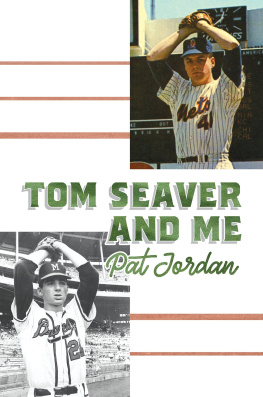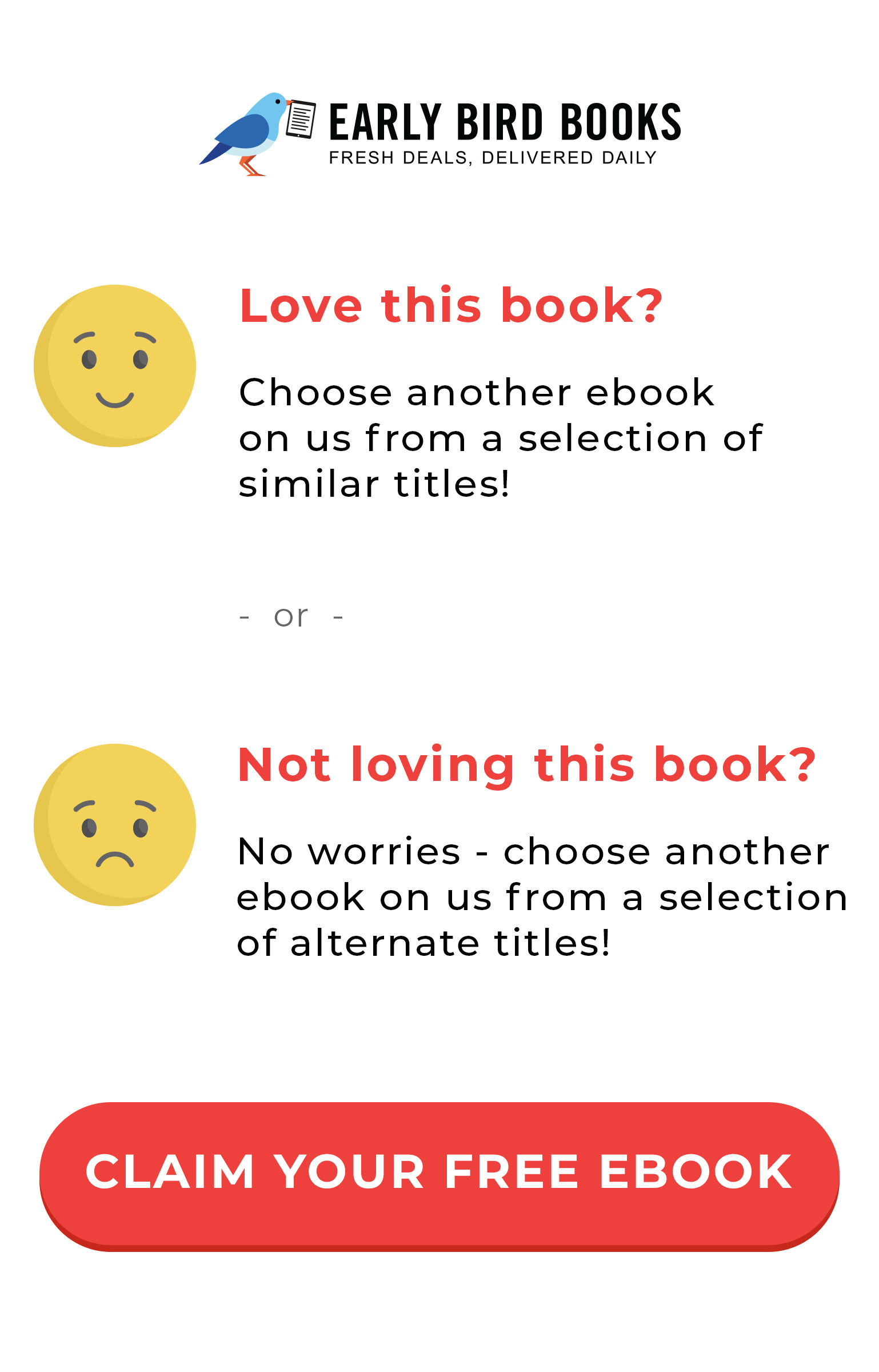The Best Sports Writing of Pat Jordan
Selected and Introduced by Alex Belth

Contents
For Mike Sharp, who began as my researcher and is now my friend;
for Alex Belth, my ideal reader and also now my friend;
and for all the editors who helped make this collection.
PJ
For my Dad and Mike Fox, who taught me how to
recognize good writing and to appreciate how hard it is to do.
AB
Introduction
I had been conducting lengthy interviews with sportswriters for my baseball blog for about six months when, in October 2003, I finally got in touch with Pat Jordan. Pat was on the short list of writers I most wanted to speak with. I had read and loved both of his memoirs: A False Spring, the unsentimental account of his three years in the minor leagues in the late 1950s and early 1960, which the Los Angeles Times called an unforgettable book and the Kansas City Star described as one of the most fabulous failure stories of our time; and A Nice Tuesday, a sequel of sorts, written twenty years later, a book Jordan considers far superior (I liked A Nice Tuesday more than A False Spring too). Both books are marked by Pats brutal honesty, particularly when it comes to himself. They are unlike other books written by ex-jocks; literate without being pretentious, insightful without being gossipy. Pat is a writer who happens to have once played baseball, not the other way around. With all due respect to fellow pitchers-turned-writers, Jim Brosnan and Jim Bouton, I dont think that there is any ex-jock who has become a better writer than Pat Jordan.
Most writers are flattered to be interviewed, and Pat was no exception. But unlike other professional journalists who are understandably careful with their words, Pat shot from the hip. During our first conversation, he was caustic and profane and didnt care if he was quoted saying Curt Schilling was a bullshit artist or that Yankee pitcher Jeff Weaver was a wimp. He called women broads without apology. There is nothing P.C. about him. But Pats cursing is benign, endearing even, in a jocular way, like the banter between Jeff Bridges and John Goodman in The Big Lebowski. Hes from the old school, thats all. But he is also one of the friendliest writers Ive ever met. He is happy to chew the fat, generous with his time and his insights about the craft of writing. After I ran our conversation on my blog, Bronx Banter, I called Pat periodically to say hello and talk about the Yankees. He always sounded happy to hear from me. I was writing my first book at the time and didnt know what I was doing. At one point, I sent him a rough draft of an early chapter and he responded by giving me notes and pointers. Our relationship continued to grow over the next few years.
I was familiar with Pats magazine profiles, mostly from what I had read in The New York Times Magazine. But during the research for the book I was writing, I continued to run across Pats work. As poignant as I find his memoirs, Im even more impressed with his journalism. Pat is able to cover a subject and make you feel as if you know it tacitly, sensuously, psychologicallyas if you have spent a month among cardsharps or pool sharks, or in a clubhouse of a minor league baseball team.
There isnt another sports writer of Pats caliber who doesnt already have a Best of compilation, maybe because hes never had a best-seller and, unlike many of his peers, hes never parlayed his success at writing into his own TV or radio show. You know the guy from New Orleans who wrote Confederacy of Dunces? Pat said to me during our first chat. He was a cult success. Im a cult failure. Actually, Pat is a writers writer. Hes a dedicated craftsman and something of an anomaly: a working freelance journalist for close to forty years, The Last Knight of the Freelance, as he mockingly refers to himself.
Pat published his first magazine articles in the late 1960s and has been writing consistently ever since. He worked exclusively for Sports Illustrated from 1971 to 1978, and his writing has appeared in the New York Times, The New Yorker, Harpers, Playboy, Mens Journal, Inside Sports, Sport, GQ, Life, and The Atlantic Monthly, as well as Readers Digest, People, Womens Wear Daily, Good Housekeeping, AARP, Geo, and TV Guide. Hes written about superstar athletes, movie stars, and politicians, as well as no-name hustlers, gym rats, schemers, and has-beens. Pats writing career began during the age of New Journalism, when lengthy, 10,000-word magazine pieces were commonplace. Unlike the flashy brilliance displayed by writers like Norman Mailer or Tom Wolfe, Pats style is a throwback to an earlier era. It resembles the prose of Lillian Ross far more than that of Hunter Thompson or Terry Southern. It is classic, formal, and directlunch-pail, no-frills reporting in the tradition of W. C. Heinz, and Sport magazine writers like Ed Linn and Arnold Hano.
Pat is a character in some of his worka distinct New Journalist techniquebut his writing remains lean, the reporting sharp, in spite of this authorial presence. After all, Pat specializes in writing about failures because he was a failed ballplayer, and the story of Jordan the failed pitcher has always remained an essential part of his work. I always thought the guys who failed must be deeper because who ever thinks about success, Pat recalled in an interview with the baseball writer Mike Shannon in the book Baseball: The Writers Game. When youre successful, you dont think about it; you just enjoy it. When youre a failure, you think about it. Why did I fail? Nobody ever thinks, Why did I hit fifty home runs? So my feeling is that failures are more interesting than successes, and Id much rather do failures. We have so much in common. Pat brings an insiders understanding to all of the stories he writes, the losers and the winners, the mainstream sports, like baseball and basketball, and the marginal ones like poker and beauty competitions. He understands the narcissistic, insular world of athletics and celebrity and taps into the vulnerabilities and fears behind athletes accomplishments.
I went to visit Pat and his wife Susan in Florida as the Cardinals and Tigers played a dull World Series in the fall of 2006. Pat looked like Buttermaker, the Walter Matthau character from The Bad News Bears (though his temperament was closer to that of the young red-ass shortstop, Tanner). White beard, Hawaiian shirt, shorts, and flip-flops. Always smoking a cigar. I already had an idea of what should be included in the bookPat had sent me roughly seventy sports stories alreadybut I was in hog heaven when I saw what he had stored in the attic: virtually everything hed ever written, including notes, drafts, research clippings. Everything. The attic would get so hot in the afternoon that Id have to go up there in the morning to lug magazines and binders down. But on my second day there, I braved the heat of the afternoon in search of more. I crouched in the attic, dripping with sweat, the smell of pancetta and onions and cigar smoke drifting up from the kitchen below. Pat was cooking one of my favorite dishes, spaghetti Amatriciana. He cursed at me from downstairs, warning me not to screw up the neatly organized folders and bins of material. I hunched over the manuscripts, digging through pile after pile, and happily cursed back.












